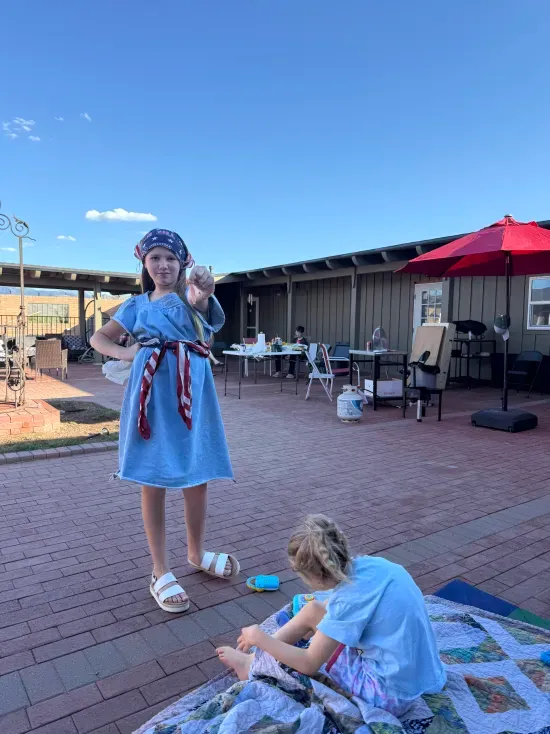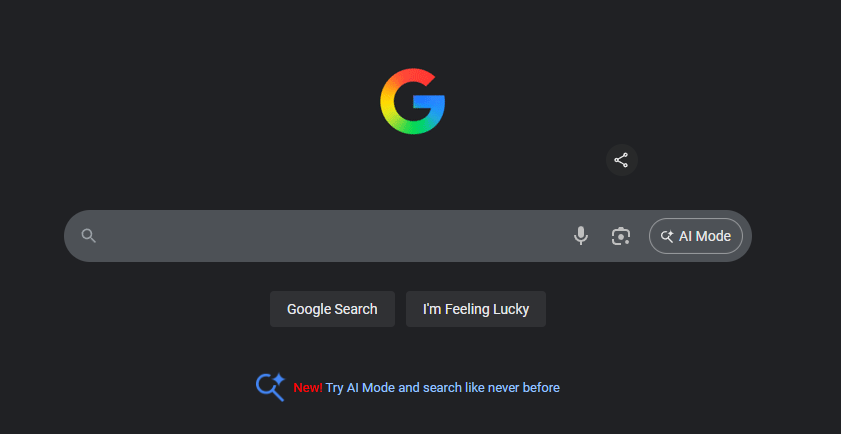Let’s talk about some important trading strategies that I’m employing right now…
Subscribers will recall that in my final post last week, I showed Riverbed as my single largest position. I’d been buying both common and I got aggressive in the teeth of the decline when the stock got close to $32. In the few trading days since that bottom, this stock has had multiple 5% rallies but we didn’t take profits and have held as the stock has rallied and it’s now nearly 25% above where it was back just a few trading days ago.
Let’s talk about some important trading strategies that I’m employing right now with my Riverbed as I lock in some of these outsized profits because these strategies can help us minimize losses while maximizing our upside potential.
Here’s what I wrote about the Riverbed calls I was buying when I was doing it real-time:
Okay, I’m stepping up and buying and I’m getting more aggressive about my approach this time. Specifically, I have stepped up this afternoon and have bought some Riverbed calls and some Cisco calls. I know it’s scary out there right now and it’s very hard to pulll the trigger on purchases. Especially to step up right now when these stocks have been beaten down as badly as they have been and it seems like they won’t ever come back to life again. I’m not drawing a line in the sand, but I did buy calls and not common both of these names and I did buy mostly slightly-out-of-the-money calls that will expire in six months’ time rather than eighteen or twenty-four months’ time. That is, I bought Riverbed January 2012 calls with strike prices between $35 and $40. And I bought Cisco January 2012 calls with strike prices up to $17.50. Both of these purchases today are very high risk/high reward because of the closer expiration dates and the higher strike prices, but they give me lots of leverage and I used just a tiny bit of capital to get what could be very big upside if the world’s economies and the stocks that reflect don’t collapse in front of our faces.
==
Cody here today now. Earlier today, I wrote that it was finally time to take some profits in Riverbed and here’s how I explained it:
we’ve just had a HUGE run in our portfolio this week — blowing away even the Nasdaq’s 6% move higher this week, and there’s nothing wrong with doing a little selling and taking some profits and catching our breath a little bit. I’m going to keep Riverbed as one of my very largest positions over all, but am going to sell some of the common stock in that one right now. Holding on all the calls I bought last week when the stock was near $32.
So, let’s say you did what I did in the past few weeks and you’ve now got both some common and some calls in Riverbed. If you have say, 1000 shares of Riverbed and, say, 10 calls that expire in 2012 at, say, a $36 strike price, you’re sitting in great shape right now, obviously, as the stock has run from $32 to $40 in the seven days since then.
And it’s time to take some of that now outsized exposure off the table. Because those $36 strike price calls are now well into the money, those calls will basically increase almost a dollar in value for each dollar the stock goes up for here. So if you paid $3.50 for those calls back seven trading days ago, they’re now worth more than $8 and you’ve also got all those common shares and you’ve got exposure on any and all upside to this stock now (and will maintain that full exposure so long as the calls remains deeply in-the-money) to about 2,000 shares of Riverbed (1000 common and 10 call options*100 shares per each option = 2,000).
So here’s why we sell the common and not the calls now.
Because what happens if we’re wrong about something with this stock or what happens if the broader markets go under a new harsh, short-term sell off and the stock falls from here. Let’s say it falls all the way back to $30, in perhaps a worst-case-scenario (remember, that’s only 6% higher than it was just seven trading days ago, so don’t think it can’t happen, even if just as another quick fall and bounce).
If Riverbed were to fall to $30 and you held all your common stock, you’d lose the full $10 as it fell from $40 to $30 and that would result in a $10,000 drawdown (which essentially means falling from the highest valuation on paper). But if you held onto your calls and had sold your common instead, you’d basically stop losing much value on those call options as the stock would fall past $36. That is, they essentially act as a natural stop loss for you at $36 or so and if you paid $3.50, that means you’re truly stopped out at $32.50.
And that’s why we’re selling some of our common (not all of it) in this name. It’s still my biggest position, but we’ve now locked in some gains and have the flexiblity to strike again if the opportunity to do so arises again.




